Body Temperature And Biofeedback Mechanism
Biofeedback is the method of providing an organism with information about a physiological process so as to enable it to gain control over these processes which may have been previously unconscious or out of control. For centuries, traditional medicine practitioners have used biofeedback to help people gain control over their physiological processes, such as body temperature, for treating a range of maladies. The use of biofeedback to control body temperature has been documented in traditional medicine for many years. The idea is that when the body experiences a targeted temperature, the patient can alter his or her breath, heart rate, or other physiological processes to self-regulate and maintain the desired temperature. This process can be done either consciously or unconsciously. In the practice of traditional medicine, body temperature biofeedback is used for a variety of purposes, including to treat fever, heat fatigue, and other illnesses. Traditional medicine practitioners may use cooling techniques such as icepacks and wet towels to help patients reduce their body temperature, and they may also use warming techniques such as heating pads and steam baths to raise body temperatures when necessary. In Chinese medicine, practitioners incorporate breath control techniques into biofeedback practices to help patients regulate their body temperature. This type of biofeedback helps to activate specific pathways in the body to create a balance of hot and cold in the system. This type of biofeedback is believed to help reduce inflammation and promote healing. In Ayurvedic medicine, biofeedback to maintain body temperature is often used to treat chronic ailments such as chronic fatigue syndrome, fibromyalgia, and rheumatoid arthritis. Ayurvedic practitioners use specific food and herbal combinations to create a balance of hot and cold elements in the body. This type of biofeedback helps to regulate body temperature, reduce inflammation, and improve digestion to promote a greater sense of well-being. By combining traditional practices, such as biofeedback, with modern health care, practitioners of traditional medicine are seeking to create a more holistic system of healing. By allowing the patient to gain control over his or her body temperature, biofeedback can help to reduce unwanted symptoms and promote healing and overall health.
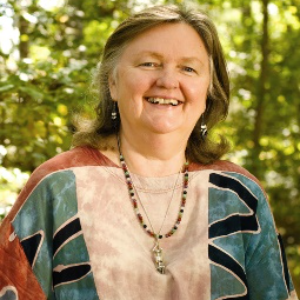
Mary Jo Bulbrook
Akamai University, United States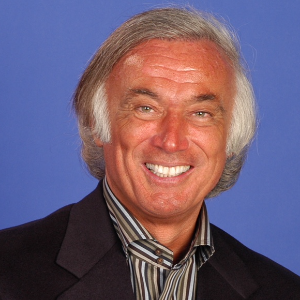
Kenneth R Pelletier
University of California School of Medicine, United States
Gene Bruno
Nutraland, United States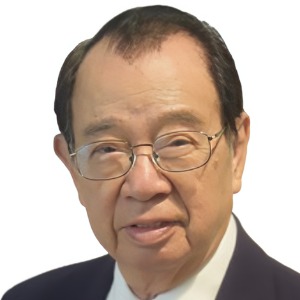
Kevin KF Ng
MD Natural Care LLC, United States
Julieta Andico Songco
JAS Consulting Services, United States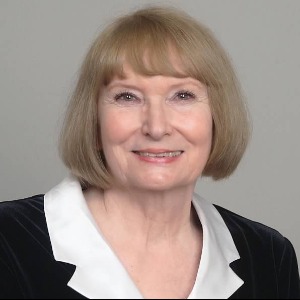
Debrah Nadler
Alzheimer’s Support, LLC, United States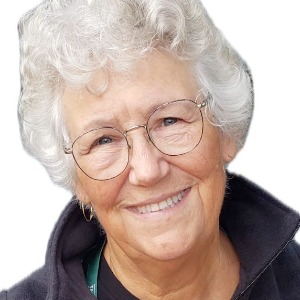
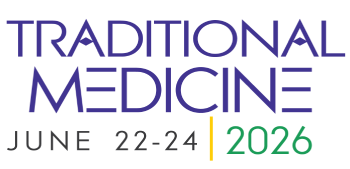
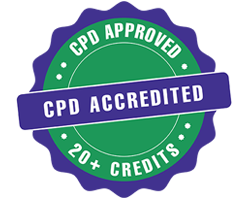


Title : The importance of integrating TCM with conventional medicine in the diagnosis and treatment of physical and mental exhaustion due to excess or lack of professional activity
Angela Sanda Tudor, Society of TCM from Romania, Romania
Title : Change your genes - Change your life: Sorting the hope from hype of human longevity
Kenneth R Pelletier, University of California School of Medicine, United States
Title :
Laure Le Corroller, Dr.& Master Sha Tao Academy, Canada
Title : Examining the factors that decrease and increase the effect of acupuncture
Yucel, Elonysia LLC, Turkey
Title : Pure consciousness and lifestyle practices in ayurveda — Positive epigenetic transformations
Girish Momaya, Maharishi European Research University, Netherlands
Title : Akkermansia muciniphila 001 (AKK001™) postbiotic for body morphology and metabolic indicators in an overweight population: A randomized, controlled trial
Gene Bruno, Nutraland, United States